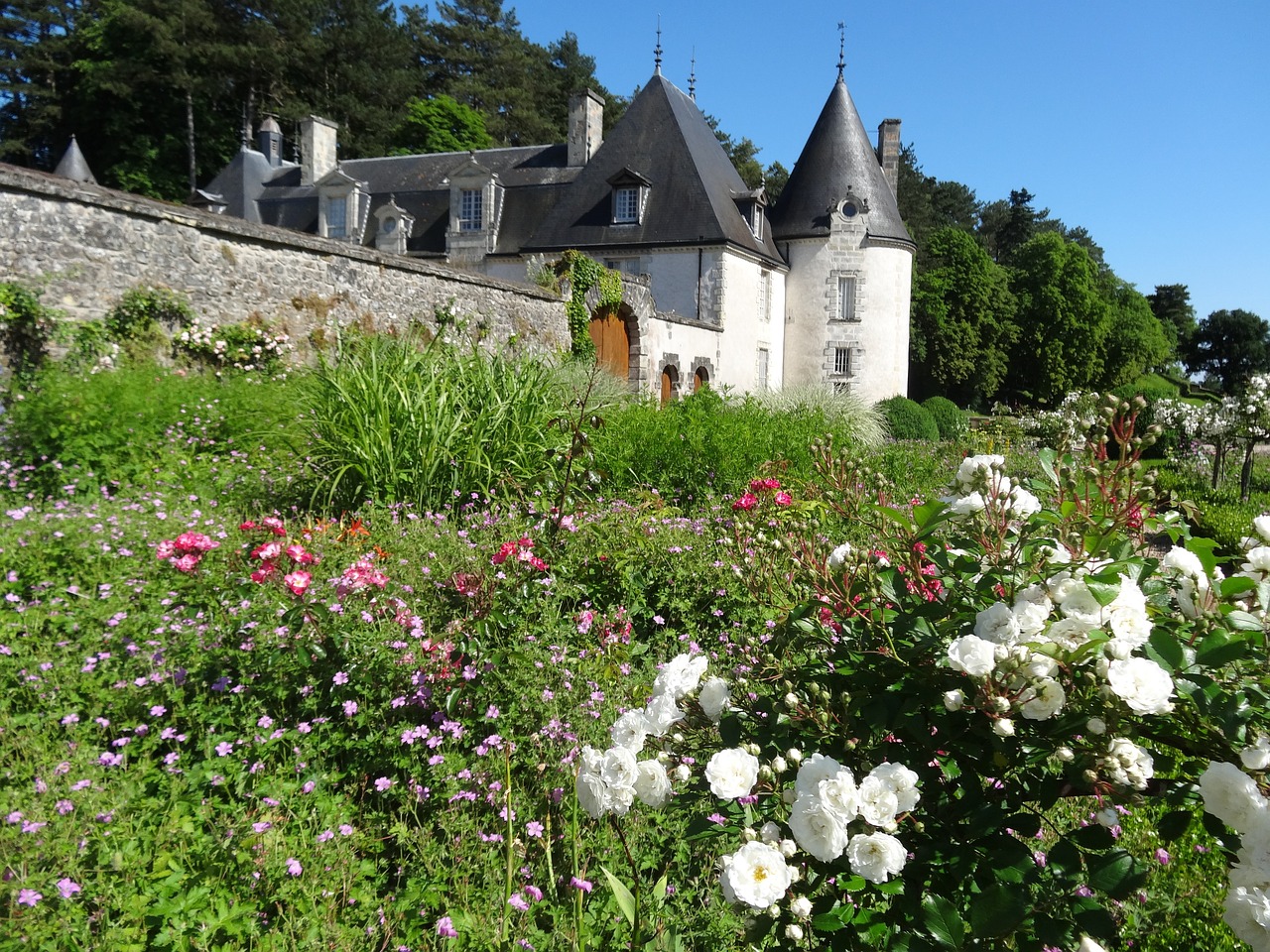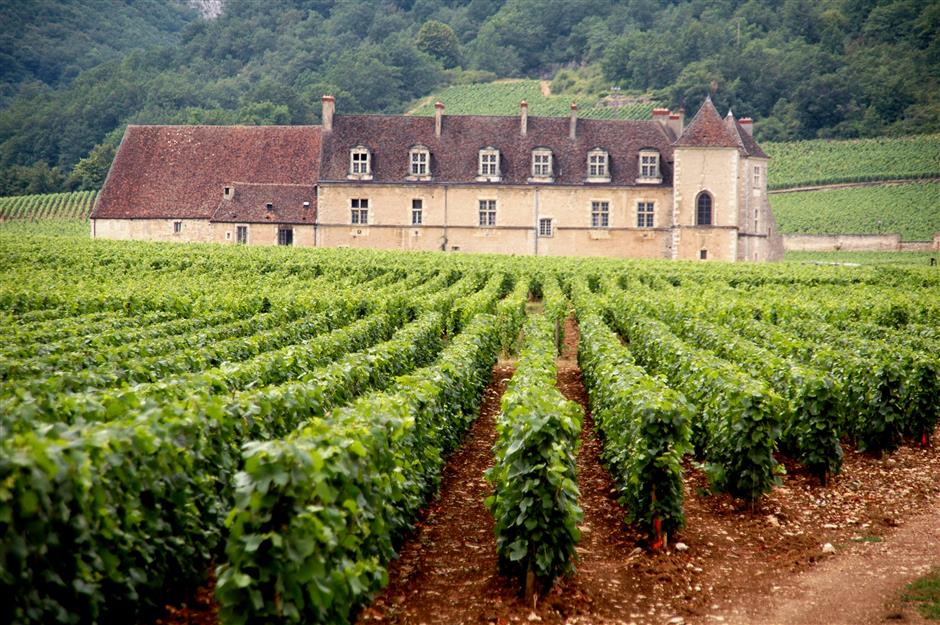Wine knowledge necessitates a familiarity of different grapes. One of my favorite white wine grapes is Sauvignon Blanc. This variety is used to make some of the world’s greatest and costly white wines as well as good value wines that feature a range of different characteristics depending on the climate and soil. In general, wine people like to use words like crisp, fresh, dry, steely and aromatic to describe wines made from Sauvignon Blanc. If you’re searching for a deliciously stimulating alternative to Chardonnay, then I highly recommend this variety.

Mother of Cabernet Sauvignon
Historic documents and DNA research suggest that Sauvignon Blanc originated less than 1,000 years ago in the Gironde region of southwest France. The name is from the French words “sauvage” meaning wild and “blanc” meaning white. Perhaps most intriguing is its relationship to Cabernet Sauvignon. Professor Carole Meredith of the University of California at Davis was researching the origins of the Zinfandel grape while by accident she discovered that the most popular red wine grape in the world, Cabernet Sauvignon, was actually a hybrid grape variety from the Cabernet Franc and Sauvignon Blanc grapes. We can therefore playfully refer to Sauvignon Blanc as the mother of Cabernet Sauvignon.
Old World vs. New World Sauvignon Blanc
One of the most intriguing aspects of Sauvignon Blanc is the wide breadth of its expression from the more complex and subtle Sauvignon Blanc wines of the Loire Valley in France to the wildly extroverted wines of New Zealand. The most famous single variety Sauvignon Blanc from the old world is unquestionably from the two Loire Valley regions of Sancerre and Pouilly. Hillside vineyards in this region of central France make arguably the greatest Sauvignon Blanc wines in the world. The best of these wines have gorgeous fruity and floral aromas and are quite dry, flinty and complex. This grape is also ideal for blending. The Bordeaux region in southwest France is the historic home of blended Sauvignon Blanc wines with the most acclaimed wines coming from Pessac-Leognan appellation in the southern, left-bank region of Bordeaux. The most acclaimed are Chateau Haut Brion, Chateau Laville Haut Brion and Domaine de Chevalier. The fame of these white wines and their tiny production means that they often command higher prices than many of the most famous red wines of Bordeaux. Equally prized and often as costly are the great Bordeaux sweet wines of Sauternes and Barsac including the world’s most prized sweet wine, Chateau d’Yquem. The northern Italian regions of Fruili and Alto Adige also make some lovely and still affordable Sauvignon Blanc wines.
New world interpretations of Sauvignon Blanc tend to be fruitier, less dry and less costly than their old world counterparts. California enjoyed commercial success making Sauvignon Blanc wines labeled Fume Blanc or Blanc Fume. South Africa, Chile and Australia also make some very nice wines using this variety, but the most exciting New World Sauvignon Blanc wines come from the New Zealand region of Marlborough. The most famous Marlborough producer is Cloudy Bay, now owned by Moet-Hennessy, but there are numerous other quality producers that make wines acclaimed by connoisseurs worldwide for their unique “in-your-face” style. The Sauvignon Blanc wines produced there are usually unoaked (not aged in oak casks) and have rich and exciting fresh flavors and good acidity. A good Marlborough Sauvignon Blanc will explode in your mouth with sensations of tropical fruit, limes, cut grass, minerals and other palate stimulating flavors. It’s truly a wine experience not to be missed!
WEEKLY HELPFUL HINT ~ Enjoying Sauvignon Blanc
First and foremost, serve Sauvignon Blanc wines well-chilled; about 8-10 C. Use a generously-sized white wine glass so you can properly savor the aromas. I often enjoy lighter Sauvignon Blanc wines as an aperitif as these fresh wines are great appetite stimulators. Examples of these wines that are available in Shanghai include Joseph Phelps, Napa Valley Sauvignon Blanc, 2006. The best Sancerre, Pouilly Fume and Bordeaux whites often become more complex and balanced after five minutes in the glass and are best enjoyed with elegant seafood or white meat dishes. In this category I recommend AOC Sancerre 2005. Likewise, the shear exuberance of a good Marlborough Sauvignon Blanc demands an equally flavorful seafood or white meat dish with flavorful Asian dishes often making good partners. Some of my favorite New Zealand Sauvignon Blancs are Cloudy Bay Sauvignon Blanc 2005.





